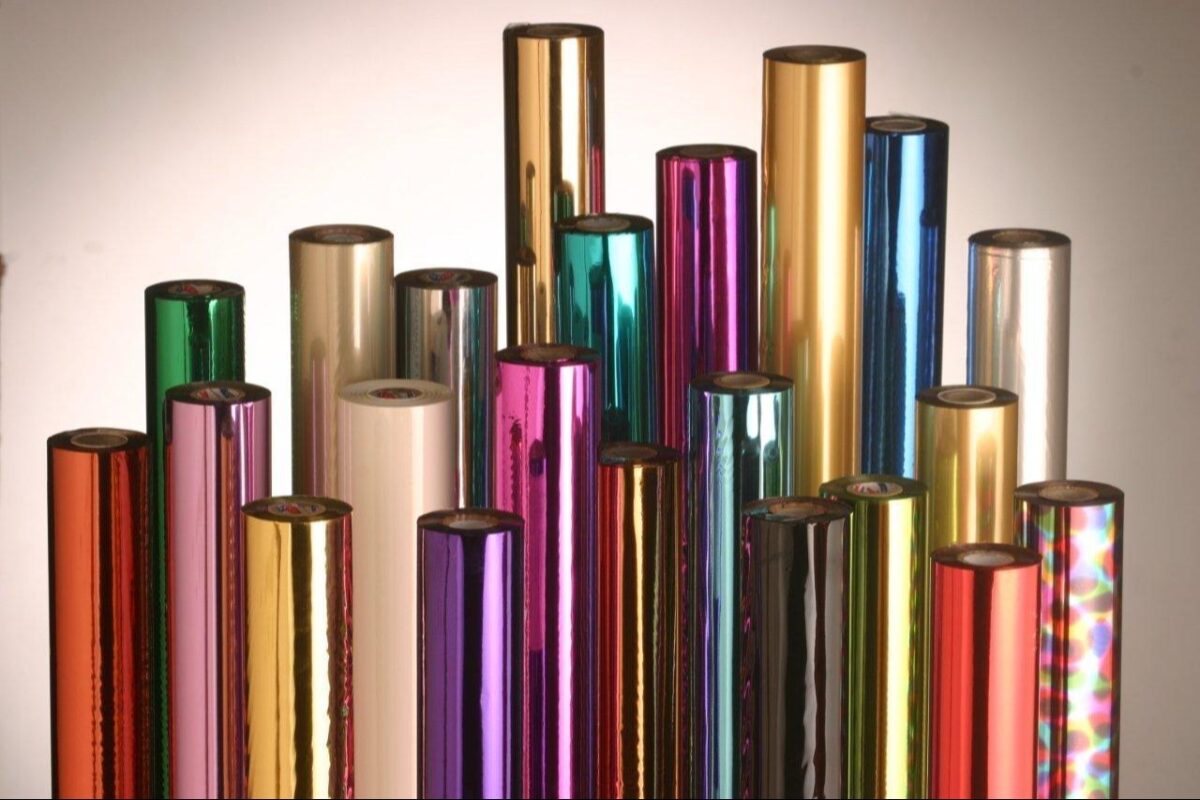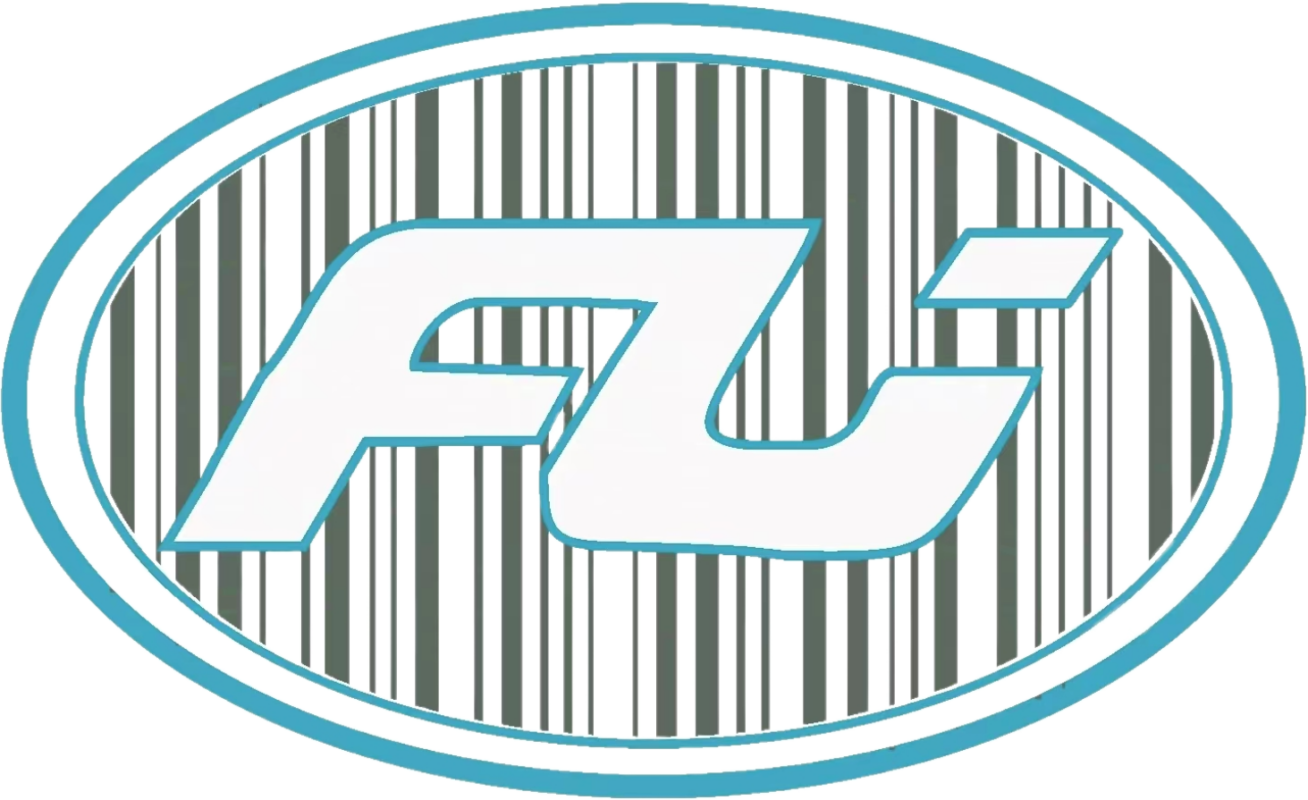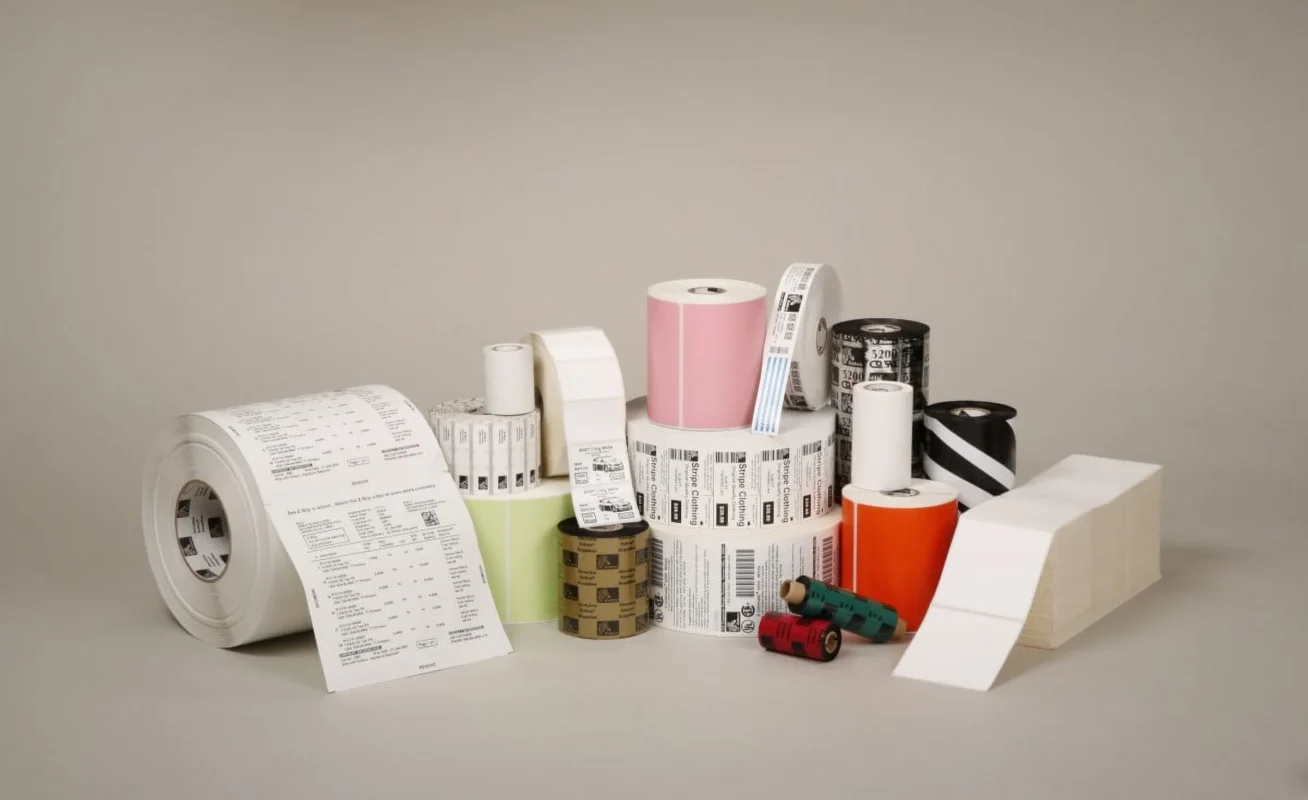ブログ
カスタムリボンとは?B2Bバイヤーのための完全ガイド
Custom ribbon serves as an effective instrument for distinguishing brands while simultaneously enhancing retail presentation and product packaging. Custom ribbons are being used by companies today to differentiate themselves and create emotional bonds with their consumers in a market focused on visual brand recognition. Custom solutions continue to grow in demand across boutique brands wrapping gift boxes and floral businesses finishing bouquets to global companies using branded ribbons in their product packaging.
This guide supports distributors, resellers, and B2B buyers who want comprehensive information about sourcing custom ribbons. Our exploration will cover essential material types and customization choices alongside OEM solutions and bulk ordering strategies as they apply across different industries. By navigating specifications, selecting finishes, evaluating suppliers and aligning custom ribbons with branding and cost objectives you will master the process.
What Is Custom Ribbon?
Custom ribbon represents fabric strips that are tailored to specific needs by choosing distinct colors, materials, patterns, dimensions, or brand elements. Custom ribbons receive special tailoring to represent a brand’s visual appearance while also serving event themes and product packaging needs.
Common Features of Custom Ribbon:
- Custom ribbons offer widths between 3mm and 100mm.
- Pre-selected Colors or PMS Color Matching
- Personalized Text or Logo Printing
- Varied Materials: Satin, Grosgrain, Organza, Velvet, Cotton
- Different Winding Styles and Core Sizes
- Retail or Industrial Packaging Formats
Key Materials Used in Custom Ribbon
1. Satin
- The surface of this material displays a smooth and shiny texture on one side or it can be found on both sides.
- Ideal for luxury packaging, wedding decor, cosmetics
2. Grosgrain
- Ribbed texture, more structured
- Common in bows, uniforms, brand tags
3. Organza
- Lightweight and sheer
- Perfect for florals, seasonal gift wrap
4. Velvet
- Soft, plush surface
- Popular for winter collections or premium items
5. Cotton & Linen Blends
- Eco-friendly, matte finish
- Good for sustainable brands and artisan products
Custom Ribbon Printing Options
1. Screen Printing
- Cost-effective for simple, bold designs
- Works best with grosgrain and satin
2. Foil Stamping (Hot Stamping)
- Metallic or glossy effect for upscale branding
- Foil stamping is a standard technique for premium gift sets and high-end brand products.
3. Sublimation Printing
- Allows full-color, gradient, or photo-quality designs
- Ideal for polyester-based ribbons
4. Embossing & Debossing
- Adds a textured or tactile element
- Less common but very high-end
5. Digital Printing
- Flexible for low MOQs
- Allows for multi-color prints and complex patterns
Sizing and Roll Configuration
Width Options:
- The available widths are 3mm, 6mm, 10mm, 15mm, 25mm, 38mm, 50mm, 75mm, and 100mm.
Roll Length:
- Roll lengths range from 10 yards for retail packaging to 200 yards for bulk packaging.
Core Size:
- The standard core diameter is either 1 inch or 3 inches based on the compatibility with different machines.
Packaging Types:
- Ribbon options include roll spools, flat cards, hang tag loops or boxed sets
OEM and Private Label Custom Ribbon Services
What’s Included:
- Ribbon with custom logo/text
- The custom packaging includes brand information and QR codes along with other necessary details.
- Barcoding and retail-ready labeling
- Option to white-label with full brand control
Advantages:
- Increase brand visibility
- Create consistent unboxing experiences
- Enter new markets with a differentiated product
Bulk Ordering Strategy for Distributors
1. Plan for MOQ Efficiency
- The typical MOQ ranges between 3,000 and 5,000 meters based on the selected print and material options.
2. Consolidate Custom Runs
- Combine different ribbon SKUs in one order to save money on setup and freight costs.
3. Use Predictable Sizes
- Employ standard widths and roll lengths during production to minimize waste generation
4. Choose Export-Ready Packaging
- Ensure packaging meets export requirements by verifying proper product labeling, box durability, and shrink-wrapping procedures.
Top Industries That Use Custom Ribbon
Retail & eCommerce
- Gift wrapping, product bundling, personalized packaging
Weddings & Events
- Bridal party gifts, venue decoration, invitation accents
Floral & Gift Shops
- Bouquet ties, gift boxes, holiday displays
Corporate & Promotional Products
- Logo-tagged merchandise, event giveaways, awards
Food & Beverage
- Gourmet gift sets, chocolate boxes, seasonal promos

Find a dependable custom ribbon supplier through careful assessment.
1. Production Capacity
- Quality control measures include in-house processes for dyeing, printing, and slitting the ribbon.
2. Customization Flexibility
- Variety of materials and print methods
- Low to mid-volume options
3. Certification and Compliance
- OEKO-TEX®, REACH, or ISO certificates
- Safe for food contact if needed
4. Sample and Proofing Support
- Color swatches, digital mockups, and sample reels
5. Shipping & Export Readiness
- Support for CIF/FOB/DDP terms
- Experience with customs documentation and labeling
Cost Considerations
| Cost Factor | Impact on Price |
|---|---|
| Material Type | Satin is cheaper than velvet |
| Printing Method | Foil stamping is more expensive than screen printing |
| Color Matching | PMS matching adds fees |
| Roll Size | Shorter retail rolls increase per-meter cost |
| Custom Packaging | Adds per-unit cost but increases resale value |
Common Mistakes to Avoid
- The compatibility between material and application is an essential consideration which includes avoiding stretchy organza for machine loops.
- Underestimating lead time (especially for peak seasons)
- Choosing overly complex designs for basic substrates
- Not confirming print alignment and orientation
- Skipping sample approval before full production
Conclusion
Custom ribbon serves as both a decorative addition and an important tool for brand identity. All ribbon buyers whether for retail or resale purposes need to understand how customization works to acquire ribbon that matches their brand identity while remaining affordable and high-quality.
This guide provides you with essential knowledge to make strategic choices about materials and print techniques as well as roll specifications and bulk packaging when you operate as a distributor or B2B buyer.
Establish long-term value by working with a manufacturer that provides in-house OEM solutions combined with flexible production and comprehensive support throughout the entire process.
FAQs
1. Custom ribbon typically requires a minimum order quantity of 3,000 to 5,000 meters depending on the printing complexity and material used.
The necessary length for ribbon production by most factories ranges between 3,000 and 5,000 meters based on the complexity of the print and the material used.
2. Can I print multicolor logos on ribbon?
Full-color and high-resolution designs become possible through digital and sublimation printing techniques.
3. How long does custom ribbon production take?
Custom ribbon production requires 15–20 business days from sample approval before adding shipping time.
4. My brand can feature custom packaging through available OEM services.
Absolutely. OEM services offer options such as branded ribbon boxes along with barcodes, inserts, and retail tags.
5. Are there eco-friendly ribbon materials available?
Yes. Your sustainable branding needs can be met with the availability of ribbons made from cotton, linen and recycled polyester.
👉 Contact us now
📧 sales@foyottr.com
📞 Tel: +86-592-6018318
🌐 https://foyottr.com/

